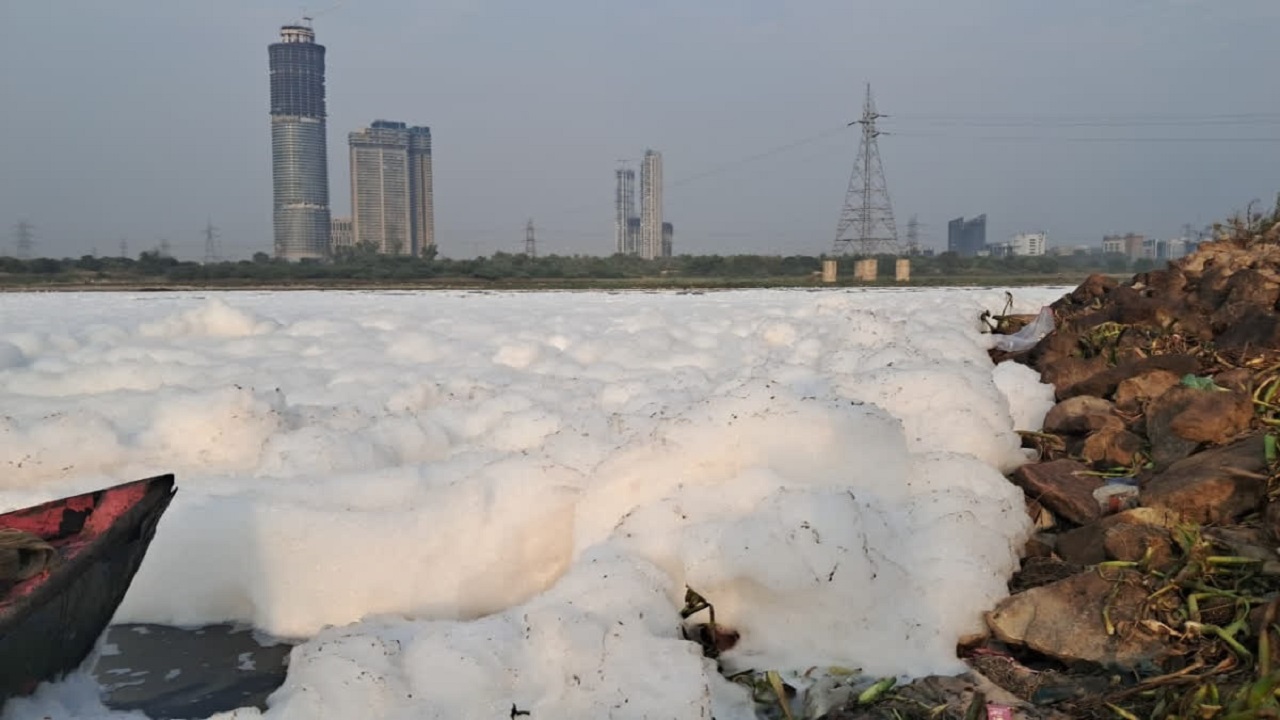Schools vs. Smog: The Bigger Picture
Context
In November 2024, the Graded Response Action Plan (GRAP) mandated a shift to online learning in Delhi schools due to severe air pollution. While this aimed to protect children from health risks linked to poor air quality, it raised concerns about scientific validity, practicality, and long-term consequences for education and public health.
Impact of Air Pollution
-
Health Risks Across AQI Levels:
- Even at moderate AQI levels (51-100), air pollution starts to affect vulnerable groups, including children, the elderly, and those with pre-existing health conditions.
- Prolonged exposure to AQI levels between 51 and 399 can cause respiratory issues, cardiovascular problems, and developmental delays, especially in children.
-
Children: The Most Vulnerable Group:
- Children breathe more air relative to their body weight, increasing their exposure to pollutants.
- Many low-income families live in poorly ventilated homes, where indoor air can be as polluted as or worse than outdoor air.
- Schools with air purifiers may offer a safer environment compared to their homes.
-
Socioeconomic Disparities:
- Wealthier families can afford air purifiers and other mitigative measures.
- Children from low-income families often rely on schools not only for education but also for mid-day meals and cleaner environments.
Shortcomings of School Closures
- Disruption to Education: Closing schools disproportionately affects underprivileged children, who lack access to technology for online learning.
- Reactive Approach: Focusing only on severe AQI levels overlooks the chronic pollution that harms children throughout the year.
- Worsening Inequities: Shutting schools deprives disadvantaged children of safe spaces and essential services, exacerbating health and education inequalities.
Online Learning and Mask Use
-
Limitations of Online Learning:
- Schools are not just academic spaces; they support holistic development through social interaction and extracurricular activities.
- Prolonged online learning can harm cognitive and physical development, especially for younger children.
-
Mask Policies:
- Universal mask mandates lack scientific backing for young children and can cause discomfort.
- Instead, mask use should be individualised, prioritising children with respiratory conditions or other vulnerabilities.
Way Forward
-
Keep Schools Open with Mitigations:
- Suspend outdoor activities.
- Equip classrooms with air purifiers and maintain sealed environments.
- Individualise mask policies for vulnerable children.
-
Adopt a Proactive Strategy:
- Address chronic air pollution with long-term solutions rather than reactive measures.
- Ensure equitable access to education and health benefits, regardless of socioeconomic status.
Conclusion
Shifting schools to online learning due to poor air quality is a reactive and ineffective measure that fails to address root causes. A science-based approach is essential to protect children’s education and well-being without deepening societal inequalities. Valuing schools as indispensable spaces for development reflects a society’s commitment to its future generations.


_(2).jpg)

Comments (0)